|
I am currently working as the Lead AI Research Engineer at Ufonia where I drive the work to improve the performance and intelligence of our autonomous telemedicine clinical assistant. I am currently leading strategy and R&D for the integration of large language models into our regulated clinical product. I graduated with a Master's degree in Computer Science from the University of Oxford in October 2020. For my Master's thesis, I worked with the Visual Geometry Group (VGG) on developing a zero-shot human-object interaction framework using visual, semantic and spatial modalities. This work was supervised by Prof Phil Blunsom and Dr Vicky Kalogeiton. Previously, I've worked as a Research Assistant at the Hardware and Embedded Systems Lab at Nanyang Technological University, Singapore under Prof Thambipillai Srikanthan and Dr Nirmala Ramakrishnan. I developed a low-cost algorithm to prune headlight reflections from foreground detectors for robust nighttime traffic surveillance. I've also interned at the Samsung Innovation Lab at Indian Institute of Technology Delhi (IIT Delhi) under Prof Brejesh Lall. During this internship, I developed a framework for robust object segmentation using stereo images. I have a Bachelor's degree in Electronics and Communication Engineering from National Institute of Technology Karnataka, Surathkal, India. For my BTech thesis, I worked under the guidance of Prof Sumam David on Copy-Move Forgery Detection in images. My interests are broadly in machine learning, natural language processing and computer vision. I have worked on problems in the domains of object segmentation, copy-move forgery detection, foreground detection, multimodal interaction detection, and conversational AI. Email / Resume / Google Scholar / Github / LinkedIn |
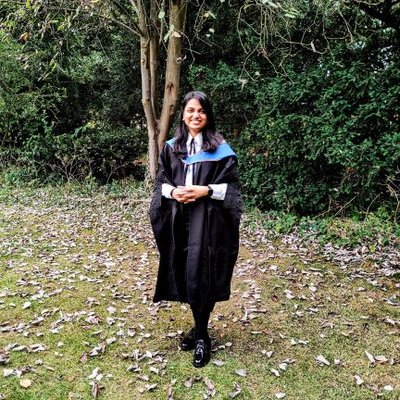
|
|
|
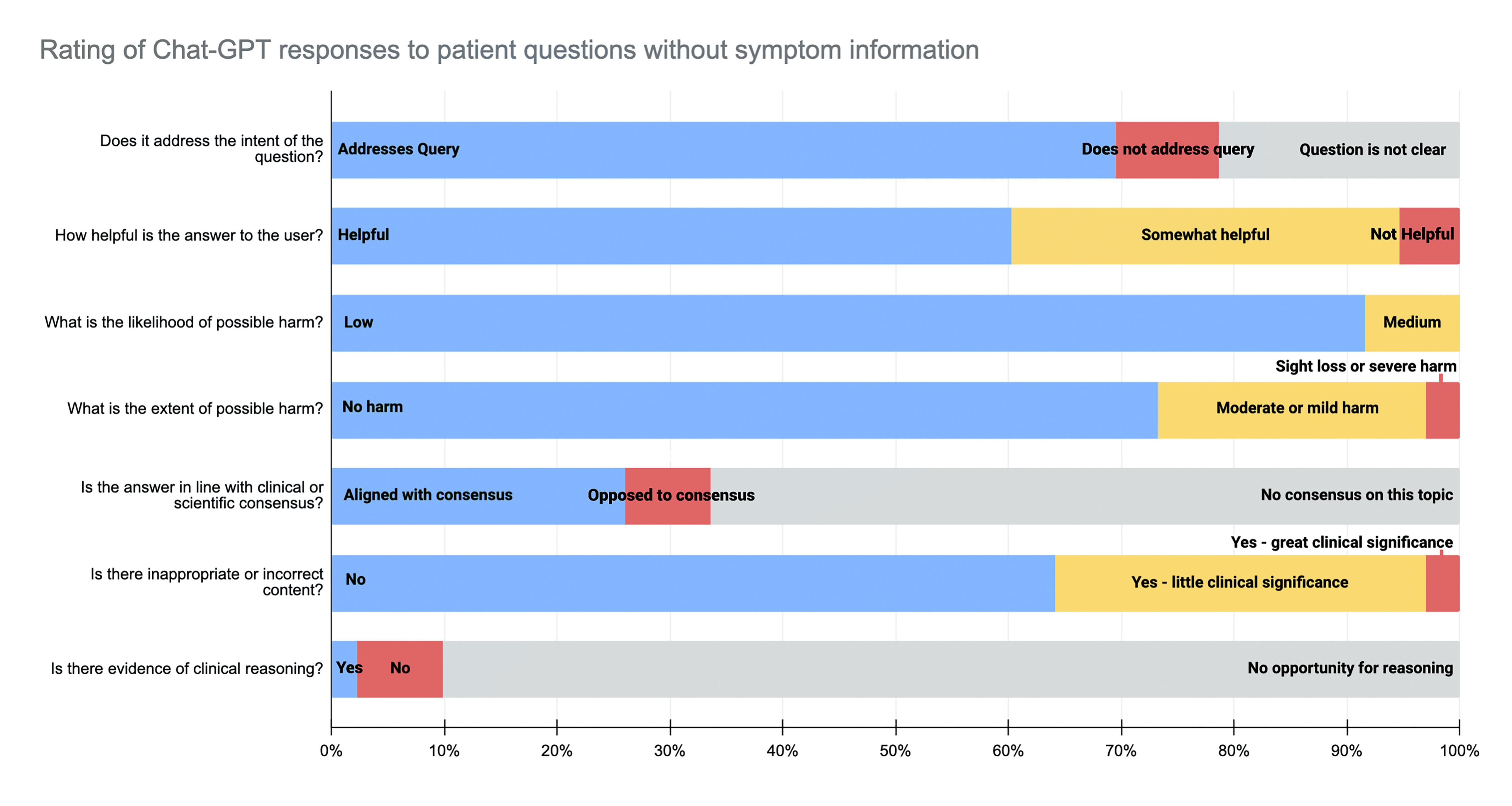
|
Can Large Language Models Safely Address Patient Questions Following Cataract Surgery? [Paper] | [Abstract]
Mohita Chowdhury, Ernest Lim, Aisling Higham, Rory McKinnon, Nikoletta Ventoura, Yajie He, Nick de Pennington • The 5th Clinical Natural Language Processing Workshop at ACL 2023 (ClinicalNLP@ACL 2023), Toronto, CA (Oral Presentation) • Investigative Ophthalmology & Visual Science 2022 (ARVO 2023), New Orleans, USA This study uses data collected from 120 patients using an autonomous telemedicine clinical assistant that asks symptom-based questions to elicit patient concerns and allows patients to ask questions about their post-operative recovery. With the help of ophthalmologists, we examine the safety and appropriateness of the responses generated to patient questions by the popular LLM by OpenAI, ChatGPT. |
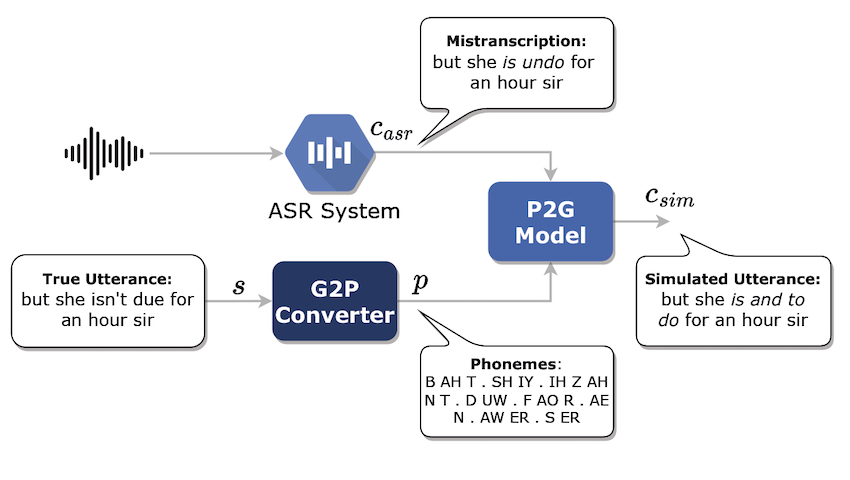
|
Mohita Chowdhury, Oliver Gardiner, Yishu Miao • International Workshop on Resource-Efficient Learning for Knowledge Discovery at KDD 2023 (RelKD@KDD 2023), Long Beach, CA, USA (Spotlight Presentation) • Women in Machine Learning Workshop at NeurIPS 2022 (WiML@NeurIPS 2022), New Orleans, USA Developed a self-supervised learning-based error-simulator to generate synthetic but realistic ASR-like errors to train ASR error correction models. |
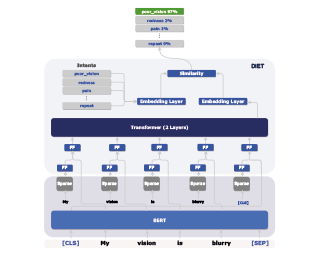
|
Can deep learning models understand natural language descriptions of patient symptoms following cataract surgery? [Abstract] | [Poster]
Oliver Gardiner, Mohita Chowdhury, Ernest Lim, Aisling Higham, Nick de Pennington • Investigative Ophthalmology & Visual Science 2022 (ARVO 2022), Colorado, USA • Women in Machine Learning Workshop at NeurIPS 2022 (WiML@NeurIPS 2022), New Orleans, USA The study uses data collected from 191 patients using an automated telephone platform that asks symptom-based questions to elicit postoperative concerns. We compare the ability of different machine learning techniques to understand patients' descriptions of their symptoms during a cataract surgery follow-up with Dora. |
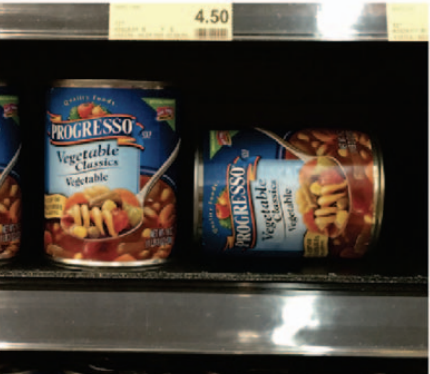 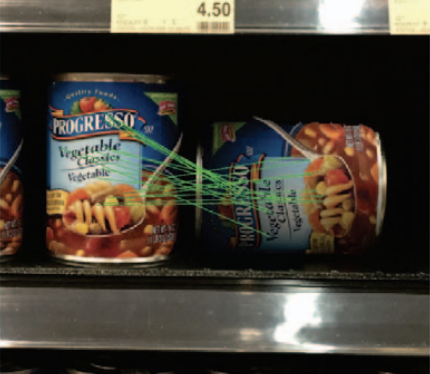
|
Mohita Chowdhury, Hansal Shah, Theekshna Kotian, N Subbalakshmi, Sumam S David IEEE Region 10 Conference 2019 (IEEE TENCON 2019), Kochi, India Developed a SIFT and GLCM-based approach to leverage textural similarity as a means to detect copy-move forgeries in images, even under the influence of multiple geometrical transformations like scaling and rotation. |
|
|